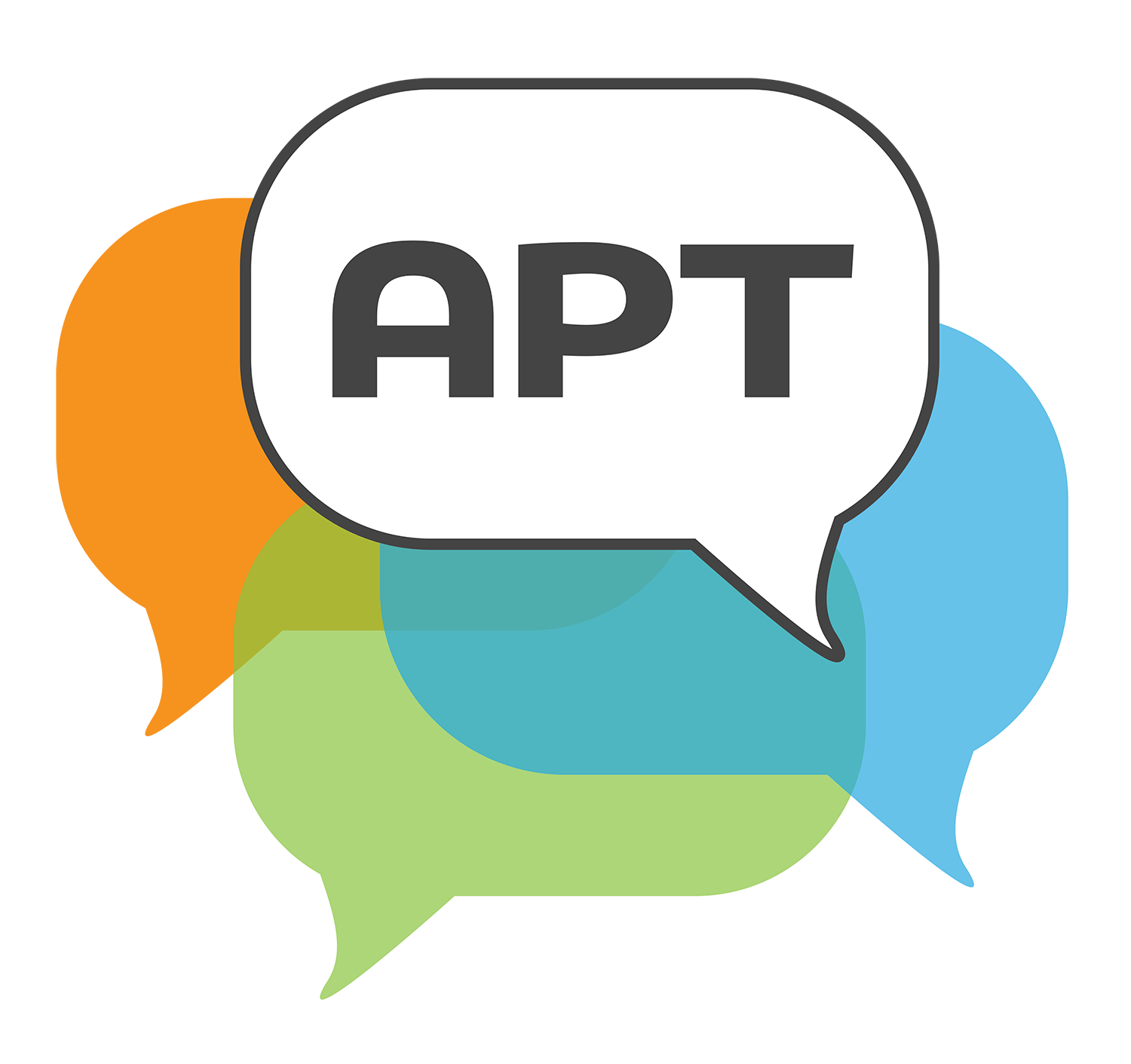RMS Titanic: What if it Hadn't Sunk?
Language Arts • Grade 4-5
Selected clips below » Full video viewable here.
As soon as the teacher finishes setting up the discussion, students begin asking authentic questions, starting with, “What if the Titanic hadn’t sunk?” This open-ended question is central to the text and allows for multiple positions or viewpoints. There are two additional markers of productive talk to observe during this segment of the discussion. The first is that students are engaging in respectful argumentation, challenging each other’s ideas in a series of exchanges that explore different ideas. The second marker of productive talk is that students support their ideas using reasons and evidence, often providing extended causal framing and intertextual (e.g., watched a movie and read a chapter book) evidence. Instead of simply disagreeing, they explain why they disagree and press each other for evidence for a statement (i.e., “How do you know it was the first big ship?”)
The kind of critical thinking students display in this segment is quite nuanced, as is their engagement with each other. The student arguing for the ship's fame regardless of its sinking is alone in her position. Recognizing that, students allow her to respond with a rebuttal each time her position is challenged. They do not stick to strict turn-taking.
In this section, it is important to notice that the students are guided by the goals established at the beginning of the discussion. Student 05 asks two others, “do you have anything you want to say on this?” Through this discourse move, these students are brought into the discussion by their fellow students. This is an excellent example of the teacher and students sharing control of the flow of the discourse. We see the benefit of the trust the teacher has placed in students by remaining quiet; they take responsibility themselves for regulating participation in the discussion.
During this portion of the discussion, students are responding to discussing the question, “If the ship sunk in the day, do you think that would change how many people died?” Here, the first student makes an argument that it wouldn’t have changed how many people died, citing not only evidence directly from the text, but also making a connection between the text and information she learned while visiting a museum with a display about the Titanic. Making explicit links to other forms of information is a strong marker of productive talk that deepens cognitive processing, and allows students to feel greater authority and ownership of their own learning.
Throughout this discussion, students have talked about, around, and with the text. Students are raising multiple arguments related to whether fewer people would have died. Visibility, water temperature, and the extent to which lifeboats were fully occupied were all in play. One of those points—occupancy of lifeboats—was not tied to daytime. A key challenge during discussion is keeping students on topic. An important event in this discussion is that a student aids the group in maintaining their focus on the key point of the question being discussed.


